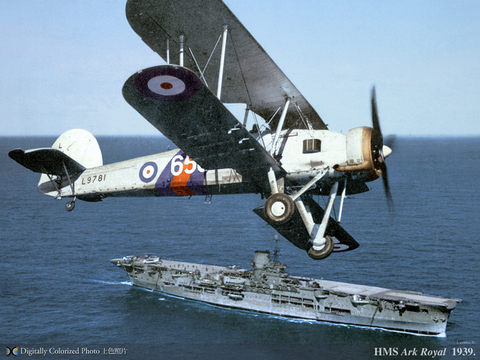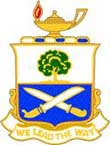Fletcher
Posts: 3386
Joined: 10/26/2006
From: Jerez, Spain, EU
Status: offline

|
quote:
ORIGINAL: vonTirpitz
Fletcher, I am curious as to what the "moonlight" levels and weather conditions were on the nights of those raids. Are you seeing better results with more moonlight with clear weather?
I have always suspected that night missions were pretty effective based on limited observation. If I remember my reading correctly moonlit clear skies equaled decent bombing results but high losses to flak and air to air.
Likewise, moonless and progressively cloudier skies led to poorer bombing results but fewer aircraft losses due to combat.
IIRC, At some point in the war the allies used radio triangulation in the European air campaign to improve night raid accuracy (thus reducing moonlight and cloudiness as factors). I can not remember if this was also used by the B-29 raids later in the PTO.
Hi VonTirpitz
About your comments, I put my attention in weather and moonlight conditions, whatever was it, the outcome was disproportionate. I search about historical night air attack outcome in the pacific/burma at 1942-43 unsuccesfully. I got several RAF air night reports against Toungoo AF, but no more.
I ´m agree that allied in 1944 can attack in air night raids without restrictions, but I´ll take the Pompack post like a reference for the night air attakcs before 44.
If a get a better info about I´ll post about :)
Thanks a lot for your comments VonTirpitz
Best of wishes
Ramón
_____________________________
 WITP-AE, WITE
|
 Printable Version
Printable Version













 New Messages
New Messages No New Messages
No New Messages Hot Topic w/ New Messages
Hot Topic w/ New Messages Hot Topic w/o New Messages
Hot Topic w/o New Messages Locked w/ New Messages
Locked w/ New Messages Locked w/o New Messages
Locked w/o New Messages Post New Thread
Post New Thread